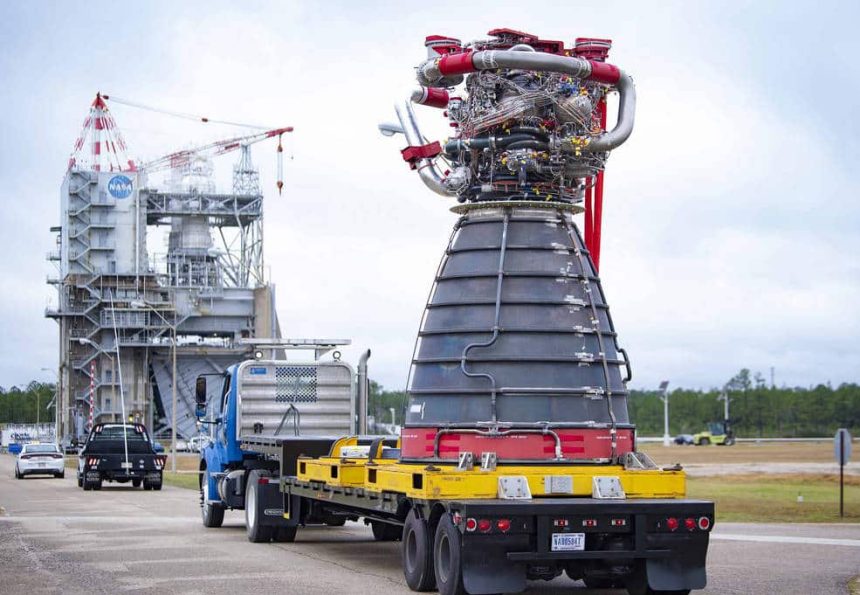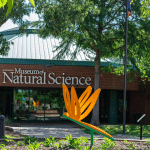NASA is slated to begin a series of hot fire testing at Stennis Space Center this Wednesday.
The goal is to support the production of future RS-25 engines to help power the Space Launch System (SLS) rocket on Artemis missions to the moon and beyond.

The tests will provide initial data to aid NASA and lead SLS engines contractor Aerojet Rocketdyne as the company prepares to begin production of new RS-25 engines to power future Artemis missions.
Future RS-25 engines will feature a range of new components, most of which are installed for Wednesday’s hot fire. The upcoming certification test series will validate the overall engine design and how these new engine features perform together.
“We’re looking forward to this upcoming hot fire test to verify our design but also to ensure we have the most robust engine possible,” Andy Ketchum, Aerojet Rocketdyne’s RS-25 test and flight operations manager, said. “The December 14 engine test is focused on evaluating how components like the new powerhead, low-pressure oxidizer, and fuel turbopumps perform together before we add the new nozzle and controller into the mix.”
The end-of-year hot fire marks a return to RS-25 testing at Stennis since NASA completed its developmental test effort in March. Developmental work included several test series to collect data for Aerojet Rocketdyne as the company modernizes manufacturing processes and reduces production costs of new RS-25 engines.
Additionally, the upcoming tests follow multiple upgrades made in recent months to the Fred Haise Test Stand. The projects included installation of new test stand piping, drilling a special flame bucket hole pattern to help cool RS-25 engine exhaust, and updating the stands thrust vector control and data acquisition systems.
Every RS-25 engine that will help power the SLS rocket at launch for Artemis missions will be tested at Stennis.
The hot fire test, which is expected to run for 500 seconds, will be live streamed here beginning shortly prior to ignition. The test window is set to open at 2 p.m. CT.







